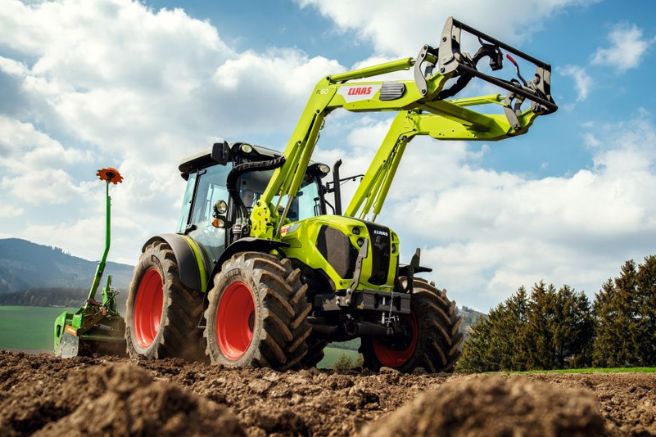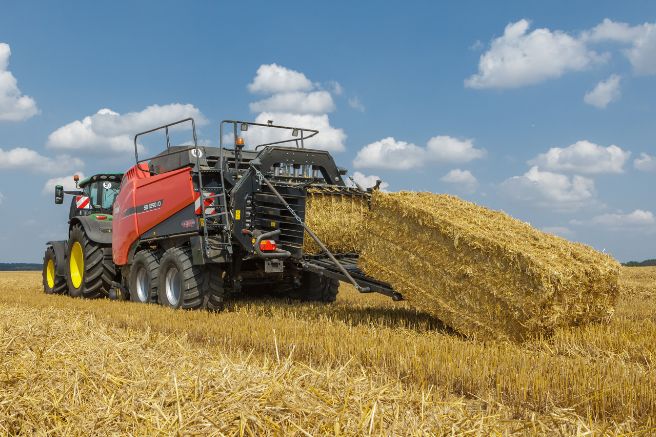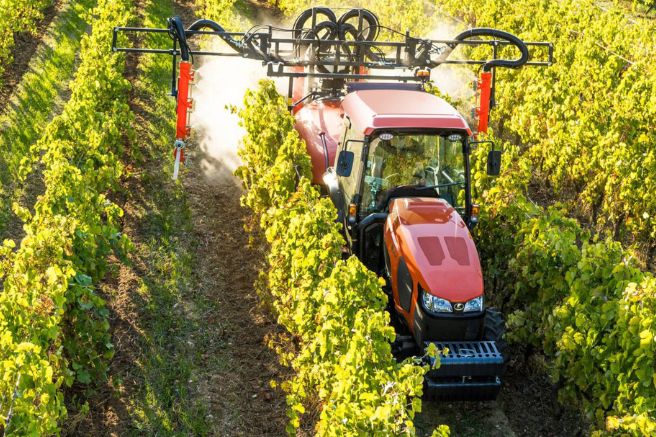Iveco celebrated its first half-century of existence by celebrating half a century of industrial innovation and commercial growth. Born from the merger of historic companies such as Fiat Veicoli Industriali, Unic, and Magirus-Deutz, the brand has evolved to create the Iveco Group, a strong organization with seven brands including Fpt Industrial, 36,000 employees, 19 production sites, and 30 research and development centers.
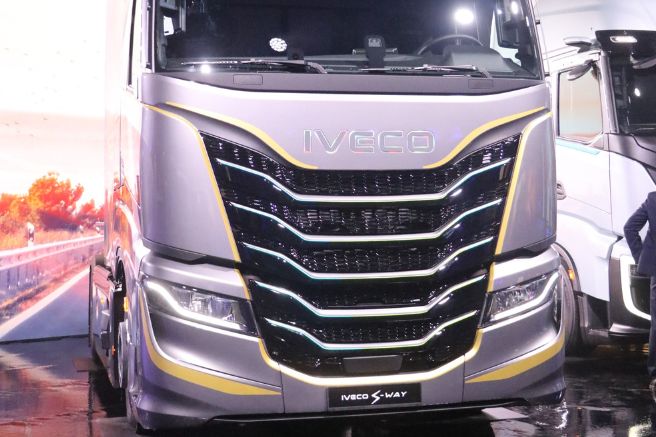
A celebration, because when an industrial company reaches the milestone of its first 50 years, it’s only right to celebrate. But it’s also a moment of reflection. On a past to celebrate, a present to live, and a future to build, remaining true to itself, always open to the desire for innovation that was and is the foundation of the success of the current Iveco Group.
This, in short, was the spirit that permeated the celebrations organized by the Turin-based multinational last June at the Officine Grandi Riparazioni in Turin. For the occasion, the Officine Grandi Riparazioni hosted an exhibition that recounted the key stages of a growth that began in 1975 with the merger of historic companies such as Fiat Veicoli Industriali, Unic, and Magirus-Deutz. The brand has evolved to create the Iveco Group, an organization now comprising seven brands, including FPT Industrial, 36,000 employees, 19 production sites, and 30 research and development centers.
These latter realities have made it possible to combine the historical-cultural aspect of the celebrations with an industrial flavour thanks to the world premiere debut of three new electric vehicles destined to redefine efficiency in heavy and light transport.
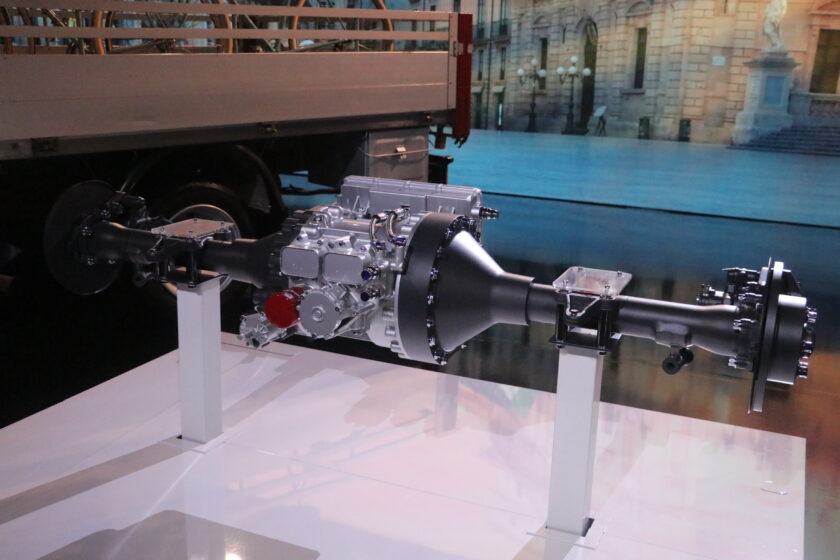
The first, heavy-duty transport, is the Iveco “S‑eWay Artic,” a 4×2 that promises a range of up to 600 kilometers thanks to the use of next-generation lithium batteries from Catl, capable of delivering 603 kilowatt-hours gross and rechargeable from 20 to 80 percent in 60 minutes. They power a twin-axle FPT Industrial engine delivering 480 kilowatts of power and 1,800 newton meters of torque, performance that confirms the ability to handle even long-distance electric transport, infrastructure permitting. More compact, but no less technologically advanced, are the two light commercial vehicles that accompanied the “S‑eWay Artic,” called the “eJolly” and “eSuperJolly,” developed in collaboration with Stellantis.
The first, positioned under the “Daily” family, is equipped with a 100-kW electric motor powered by 49- or 75-kW batteries that promise ranges of up to 224 or 352 kilometers, with rapid charging up to 100-kW and the ability to recover 100 kilometers in 15 minutes. The “eSuperJolly,” taking engine performance up a notch, is offered with a 200-kW battery that should guarantee a range of up to 420 kilometers. All this for useful cargo volumes of up to 17 cubic meters and payloads of up to 14 quintals.
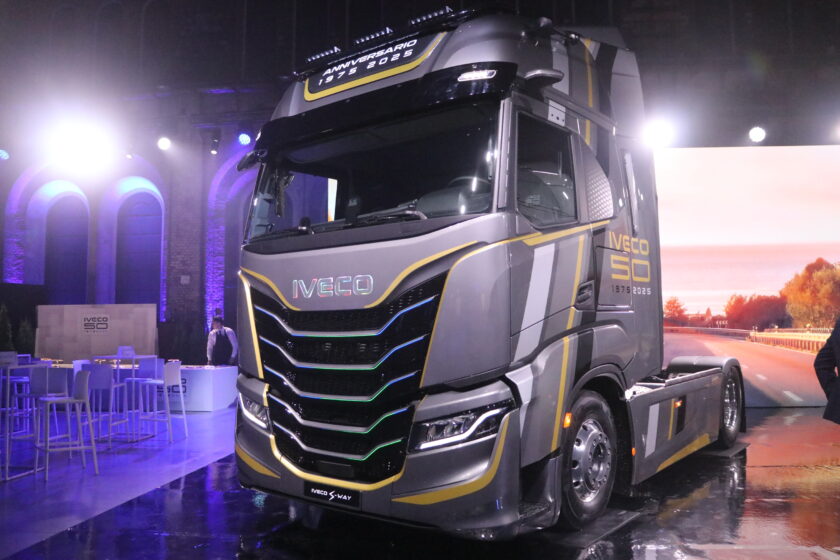
According to Iveco, these three vehicles represent the cutting edge of electrification. Turin also featured the “Xcursor 13 Hydrogen,” a hydrogen-powered version of the “Xc13,” the multi-fuel unit exhibited in Hannover in 2023, also in diesel and natural gas variants. The unit was developed by FPT Industrial using the same geometric parameters as the “Cursor” units. While it’s true that no one can currently predict which engine technology will dominate in the future, it’s equally true that FPT Industrial is ready to address it.
Title: Fpt Industrial between past, present, and future
Translation with Google





